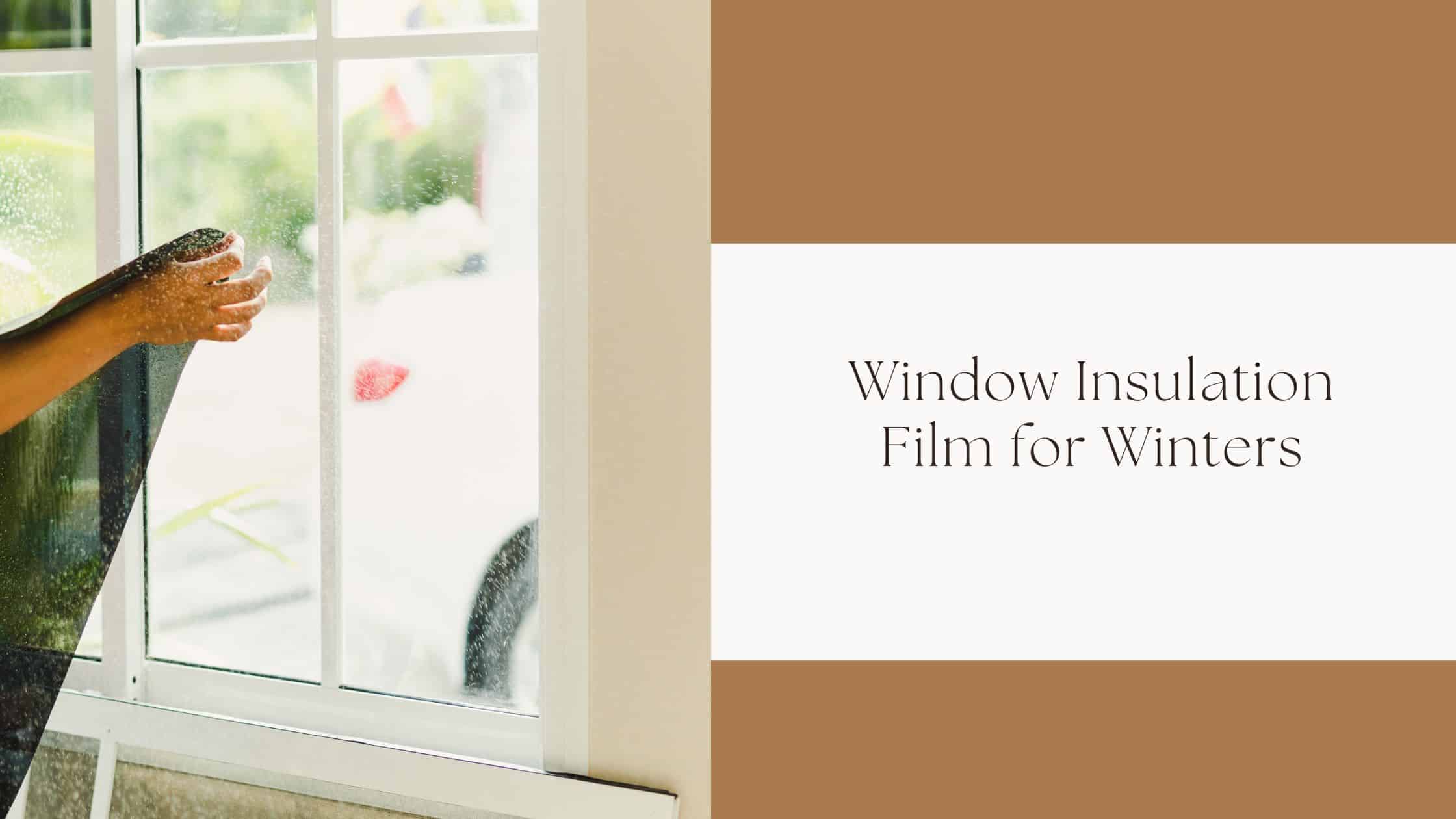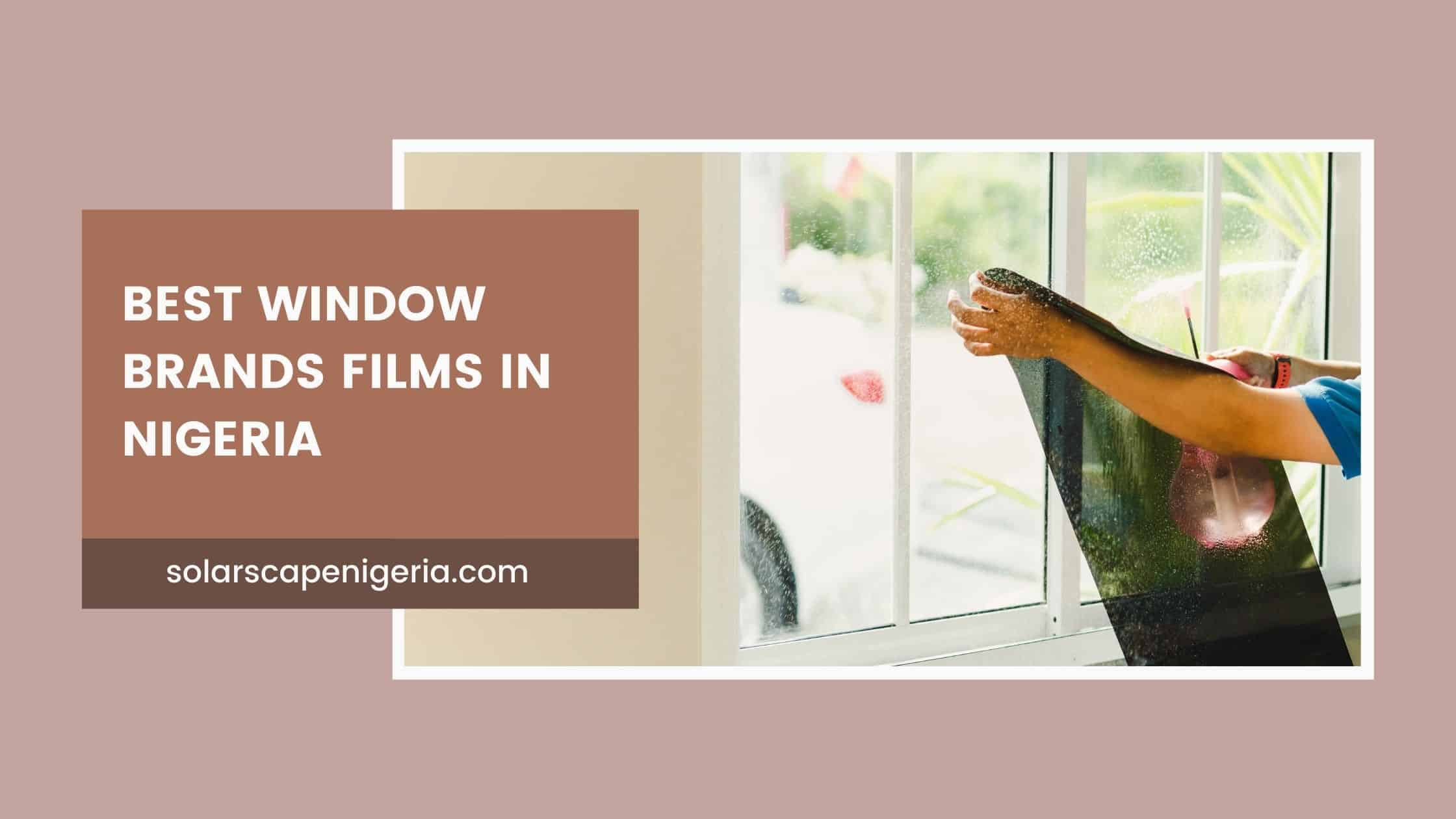Introduction
In today’s world, soaring temperatures and relentless heat have become a growing concern for many. The overwhelming impact of excessive heat on energy consumption and the overall comfort of indoor spaces has led to the development of innovative solutions. One such solution is window film, which not only enhances the aesthetics of windows but also plays a significant role in reducing heat gain. In this article, we will delve into the science behind heat reduction window films, exploring their advantages over other methods, while providing an informative overview of the article’s structure.
Understanding Heat Transfer
To comprehend the science behind heat reduction with window film, it is essential to grasp the fundamental principles of heat transfer. Heat transfer primarily occurs through three processes: conduction, convection, and radiation. In the context of windows, these phenomena contribute to the transfer of heat from the external environment into indoor spaces, thereby increasing the ambient temperature.
1. Conduction: Heat Transfer via Windows
Conduction refers to the movement of heat through solid materials. When it comes to windows, various factors affect the conduction of heat. Different window materials possess distinctive conductive properties, with materials like aluminum and bare glass exhibiting higher conductivity compared to vinyl or insulated glass. These variations have a profound impact on heat transfer, with poorly insulated windows being more prone to heat gain.
2. Convection: Heat Transfer through Airflow
Convection plays a crucial role in heat transfer through airflow. When air comes into contact with a heated surface, it absorbs the heat, becomes less dense, and rises. This phenomenon creates convection currents that contribute to increased heat transfer. Windows, acting as insulating barriers, can minimize the flow of air, thus reducing heat gain. However, the effectiveness of this process can be further enhanced with the use of solar window film.
Window film helps disrupt convection currents by creating a smooth surface that hinders the movement of air. By restricting airflow over the glass, window film minimizes the transfer of heat and reduces heat gain, contributing to a more comfortable indoor environment.
3. Radiation: Heat Transfer through Electromagnetic Waves
Radiation, specifically in the form of infrared (IR) radiation, is another significant contributor to heat gain. IR radiation, an invisible component of sunlight, possesses the ability to penetrate windows and heat up indoor spaces. The effectiveness of window film lies in its ability to block or reflect this radiation, thereby reducing heat transfer.
Window film is designed to contain special properties that can either absorb or reflect IR radiation. Absorptive films utilize materials that absorb a significant portion of IR radiation, converting it into negligible heat. Reflective films, on the other hand, reflect a substantial amount of IR radiation, preventing it from entering the indoor space and causing heat gain.
The Functionality of Window Film
Windows films effectively reduce heat gain by utilizing various technologies and functionalities. Let’s explore the different types of window films and how they work.
Solar Window Films
Solar window films are specifically formulated to counteract the effects of solar energy, which contributes significantly to heat gain. These films come in a variety of options, including spectrally selective films. Spectrally selective films allow visible light to pass through while blocking a significant percentage of both UV and IR radiation. This balance between visible light transmission and the reduction of UV and IR radiation helps maintain a cooler indoor environment while still offering ample natural daylight.
Reflective and absorptive films are two subtypes of solar window films. Reflective films work by reflecting a significant portion of solar energy back outwards, preventing it from entering space. Absorptive films, as mentioned earlier, absorb the IR radiation to minimize heat gain. Both options are capable of significantly reducing heat transfer and contribute to energy efficiency.
Insulating Window Films
Insulating window films play a vital role in reducing heat loss or gain, depending on the prevailing climate conditions. These films are engineered with materials that possess insulation properties, effectively creating a thermal barrier between the indoor and outdoor environments. By minimizing the transfer of thermal energy, insulating window films help maintain a stable indoor temperature, reducing the reliance on heating or cooling systems and promoting energy efficiency.
The materials used in insulating window films can vary, but common options include polyester films with multiple layers, low-density polyethylene foams, or even microscopically thin layers of metal. The choice of material depends on the specific requirements of the building and climate conditions. In addition to reducing heat gain, insulating window films also offer benefits such as noise reduction and enhanced privacy.
Low-E Window Films
Low-emissivity (Low-E) coatings are specially formulated layers that incorporate microscopic metallic particles onto the surface of window film. These coatings are designed to selectively transmit or reflect different wavelengths of energy. Low-E window films primarily tackle heat gain by reflecting a significant portion of infrared radiation while allowing visible light to pass through.
The balance between heat reduction and visible light transmission is a critical consideration when opting for Low-E window films. While these films effectively minimize heat transfer, they can also reduce the amount of visible light entering the space. Therefore, choosing the right type of Low-E window film depends on finding the optimum balance between heat reduction and maintaining a well-lit interior.
The Science Behind Heat Reflection
Reflection is a concept that has significant implications for heat reduction. When it comes to windows, reflective window films are designed to possess properties that reflect a portion of the solar energy that impacts the glass. These films often have a highly reflective surface and are tinted to enhance their visual appeal.
The reflective properties of these films allow them to bounce back a considerable amount of solar radiation, preventing it from entering the space and causing heat gain. By reflecting solar energy, these films significantly reduce the amount of heat that can be transmitted through windows, contributing to more comfortable surroundings.
It is worth noting that the application of reflective window films requires careful consideration of various factors, such as building aesthetics, privacy requirements, and local regulations. While reflective films offer effective heat reduction, they may not be suitable for every setting. Thus, appropriate application is essential to maximize their benefits.
Measuring Heat Reduction
To assess the efficiency of window films in reducing heat gain, several techniques and metrics are utilized. These measurements help quantify the performance of window films and aid in making informed choices.
Solar Heat Gain Coefficient (SHGC) is a metric that quantifies the amount of solar radiation that enters a space through windows. Lower SHGC values indicate that the window film is more effective in reducing heat transfer and heat gain.
Understanding R-value and U-value is crucial when considering window film installation. R-value measures the resistance to heat flow, while U-value indicates the rate of heat transfer. Choosing a window film with a higher R-value and a lower U-value contributes to better heat reduction and energy efficiency.
Factors Affecting Window Film Performance
Several factors can influence the performance of window films in reducing heat gain. Understanding and considering these factors are crucial when selecting and installing window films. Let’s explore some of the key factors that affect window film efficacy.
1. Climate and Weather Conditions
The climate and prevailing weather conditions have a significant impact on window film performance. In regions with extreme temperatures, window films need to be capable of withstanding the demands of the environment. UV resistance, durability, and anti-blistering properties become crucial considerations when selecting window films for such climates.
Furthermore, humidity levels can impact the adhesive properties of window films. Proper installation procedures and the use of high-quality window films are vital to ensure long-term performance in humid environments.
2. Window Film Installation and Quality
The installation process and the quality of the window film significantly influence its performance. Expert installation, adhering to established guidelines, is essential to minimize air gaps and ensure the longevity of the film. Proper installation techniques help maximize the heat reduction capabilities of the film and enhance its overall effectiveness.
Choosing high-quality window film products is equally important. Reputable manufacturers often invest in research and development to create films that offer superior heat reduction properties, durability, and long-term performance. Opting for certified window film products provides assurance of quality and reliability.
Certification and standardization of window film installations play a vital role in maintaining quality standards across the industry. Seeking installers who are certified by reputable organizations ensures that the installation is carried out in compliance with industry guidelines.
Enhancing Efficiency: Window Films and HVAC Systems
The integration of window films with Heating, Ventilation, and Air Conditioning (HVAC) systems can significantly enhance energy efficiency. When used in conjunction with efficient HVAC systems, window films contribute to substantial energy savings and environmental benefits.
Window films help reduce the demand for heating and cooling systems by minimizing heat gain, particularly during peak sunlight hours. This reduction in heat gain results in reduced energy consumption and a more balanced indoor temperature. By optimizing HVAC system performance with window films, both energy cost savings and environmental sustainability can be achieved.
Practical Applications of Heat Reduction Window Films
Heat reduction window films find extensive applications across different sectors. Let’s explore their practical use cases in various settings:
1. Residential Window Film Applications
Residential buildings, including single-family homes, apartments, and condominiums, can benefit greatly from the installation of heat reduction window films. These films enhance comfort, reduce energy consumption, and protect furniture and flooring from damaging UV radiation. In addition, window films provide increased privacy and an aesthetically pleasing appearance.
2. Commercial and High-Rise Building Applications
Commercial buildings, offices, and high-rise structures can considerably benefit from the installation of heat reduction window films. These films improve energy efficiency, reduce cooling costs, and create a more comfortable working environment for occupants. Moreover, window films enhance the exterior appearance of buildings, making them more visually appealing and reducing glare from direct sunlight.
3. Automotive Applications
Heat reducing window films are widely used in automotive applications. These films significantly reduce heat gain inside vehicles, leading to a more pleasant driving experience. Car occupants can enjoy improved comfort, enhanced privacy, and protection from harmful UV radiation. Additionally, automotive window films provide a sleek appearance and reduce glare, thus contributing to safer driving conditions.
Also Read: Window Heat Solutions: How To Block Sunlight And Save Energy
Environmental Impact of Heat Reduction Window Films
The utilization of heat reduction window films aligns with sustainable practices and offers numerous environmental benefits. Let’s explore some of the key environmental advantages:
1. Promoting Sustainable Solutions with Window Films
Window films play a vital role in promoting sustainability by reducing energy consumption. By effectively minimizing heat transfer, these films decrease the dependence on artificial cooling systems, leading to a reduction in overall energy usage. This reduced demand for energy mitigates the carbon footprint associated with energy production, contributing to a greener and more sustainable future.
2. Reduction of Greenhouse Gas Emissions
The energy-saving properties of heat-reduction window films result in a considerable reduction in greenhouse gas emissions. By reducing the need for excessive air conditioning, these films help lower electricity consumption, leading to a reduced reliance on fossil fuel-based power generation. Consequently, this reduction in greenhouse gas emissions aids in combating climate change and mitigating its impact on the environment.
3. Natural Resource Conservation
By reducing energy consumption, heat reduction window films indirectly contribute to the conservation of natural resources. The lower demand for electricity translates into decreased extraction, production, and consumption of fossil fuels. This reduced reliance on non-renewable resources helps preserve the environment, minimize pollution, and conserve valuable natural resources for future generations.
Summary: The Future of Heat Reduction with Window Film
In this comprehensive article, we have explored the science behind heat reduction with window film, unraveling the functionality, advantages, and environmental impact of this innovative solution. From understanding the principles of heat transfer to examining different types of window films and their applications, it is evident that window films offer numerous benefits in terms of energy efficiency, comfort, and sustainability.
Advancements in window film technology continue to push the boundaries, improving the heat reduction capabilities and overall performance. Ongoing research and development in this field hold significant potential for further innovation and refinement of window film products. The future of heat reduction with window film is promising, with continued progress expected to provide even greater energy efficiency and comfort for both residential and commercial buildings.




